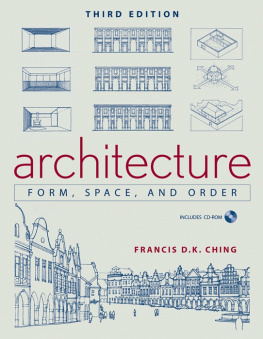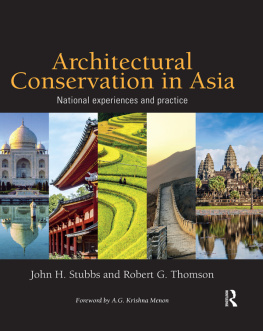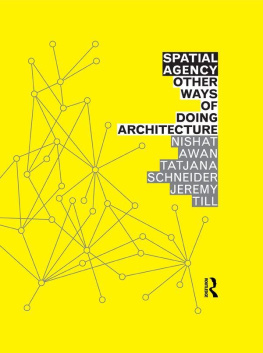Introduction
Architecture is a global system. This book describes the system, its ecologies of practice, and how those ecologies interact. This global system is the context in which all architects operate regardless of the size of their practice. Whilst there have been numerous studies on globalisation in the twenty-first century, the changes that globalisation has wrought on architecture, an increasingly global industry, have mostly gone undocumented (). In describing the global system, this book asks: to what degree is architectural design a domain of knowledge that is in crisis? The related question is: to what extent are the territory and agency of architecture eroding? An institutional logics framework, as described later in this chapter, informs these overarching questions.
This framework allows the global system to be described through different types of architectural firms. In employing institutional logics, these firms are designated as scavengers, tribes, warlords and megafirms. This book follows on from ten years of research in the areas of architecture and construction management and teaching architectural design and practice, as well as writing a popular blog for some years.
The words written here aim to look beyond the surface spectacle of iconic projects, celebrity architects, media channels full of architectural fragments and TED Talk thought leaders, and a panoply of minor stars and influencers. In describing architecture as a global system, this book explores the degree to which architecture remains a distinct field of knowledge. In writing in this fashion, there is no illusion of presenting a complete or totalising picture of architecture. The approach pursued here is more subtle, and the aim is to employ a structure that illuminates key territories, archipelagos, moments, and conflicts. This depiction highlights the edges at which it is being, and has been, eroded over time. It seeks to explore and map the discipline without recourse to naive rhetorics, which surround celebrity architects, design technologies, design activism, and notions of future practice. The effect of globalisation, driven by neoliberalism, on architecture in social democracies has been insidious. In this context merely bemoaning the erosion of the traditional markets and services for architects is perhaps not enough.
The ecologies of practice that constitute architecture as a global system have come to condition the very types of firms that operate within them. The heroic architect of modernism morphed into the coteries of star architects that emerged in the 1990s and 2000s (.
This chapter introduces the overall themes of this book and sets out the framework of institutional logics which enables architecture to be described as a global system. summarises this system and discusses to what degree it might be in crisis.
The Venice Architecture Biennale is a useful starting point in the next section to consider the global system of architecture. As this chapter suggests, the Architecture Biennale at Venice and its trajectories point to the various polemics, controversies and enthusiasms that exist within this system. The prelude that follows in this chapter, beginning with Venice, presents a mosaic of phenomena that begins to illustrate architectures recent past. Firstly, the Biennale polemics of the architects Aldo Rossi and Patrik Schumacher, whilst separated in time, suggest the range of architectural theories present in the global system. Rossis embrace of memory versus Schumachers faith in technology highlights a recurring context in the chapters that follow. Architectural memory against the onslaught of the new design technologies haunts many of the pages of this book. Following this apparent polarity inevitably leads to the architectural critic Kenneth Framptons concept of critical regionalism which is discussed later in this chapter. It is a theme evident in the curation of the 2018 Venice . But, crowded into these milieu are the evangelical gospels of digital transformation, sustainability, and design strategy. However, as suggested in what follows, the background noise that has arisen out of these gospels has tended to privilege the singular auteur and arguably blinded architects to the politics of architecture as a global system.
Table 1. Institutional Logics Describing Architecture as a Global System.
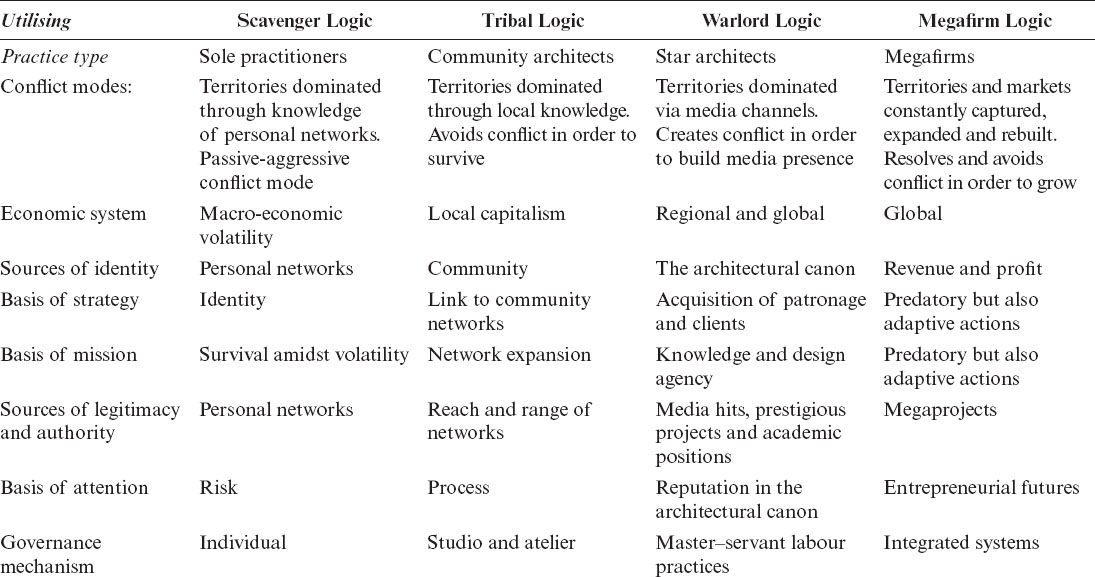
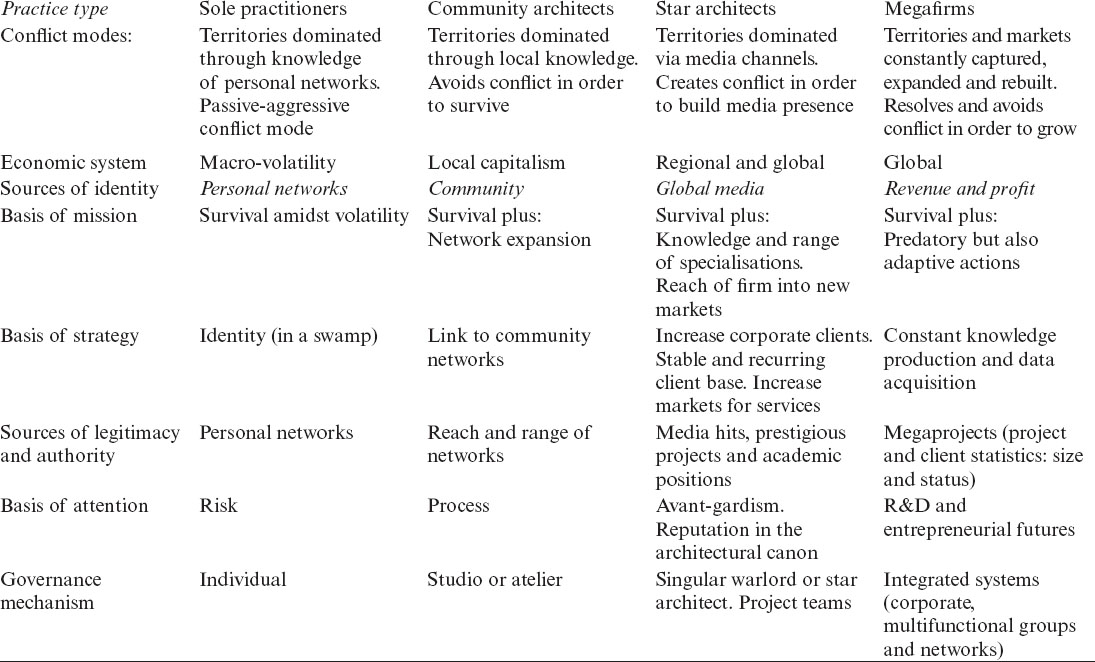
The Venice Architecture Biennale
Venice has always been a site of tourism, cultural production, and urban voyeurism (). Every second year at Venice in the Giardini and ancient Arsenale, the Architecture Biennale takes place, bringing together the architectures of the world. The Architecture Biennale at Venice is the shining and glittering highlight in the calendar of the global system that is architecture. Venice, that city of cities, where all the other cities of the world and their histories can be glimpsed in layers and edges around the Venetian lagoon. The Venetian Republic, with its unique form of governance, had always been a place of politics, intrigue and controversy. Venice has always been a city where the flows of territorial ambition and power collide, and then just as quickly depart.
Similarly, at the Architecture Biennale, architecture constitutes a centre of empire in a global system. For architects, it has been a site of intoxicating allure, and the Biennale is an event where much of the worlds architecture is shaken loose from its local contexts, coming to rest in the Biennale gardens. In the pavilions and follies that adorn the Biennale, we are witness to the bejewelled products that architects hope to dispense as urban medicine in cities across the globe.
Two controversial moments in the history of the Biennale, separated by 25 years are worth briefly bearing in mind as we progress. Firstly, Aldo Rossis Teatro Del Mundo (Theatre of the World), constructed for the 19791980 Venice Biennale (, 2012). In some ways, these apparent volatile swings of ideology belie a global system whose underlying structure and biases are stable, and these swings of theory are not indicative of this stability. Of course, it is easy to argue that these extremes represent, from Rossi to Schumacher, an evolution of architecture in keeping with a technological zeitgeist. All around a new global media directs our attention to the idea, and construction of, this global narrative of a technology-driven architecture. This discourse is not the only narrative to be described here, but it is perhaps one of the most pervasive, and, as I will argue even at this early stage, also corrosive.
The Polarities of Critical Regionalism
The dichotomy between Rossi and Schumacher, crude as it may seem, also points to other polarities, between technology and memory, which are still present in architectural discourse. In his influential essay Towards a Critical Regionalism: Six Points for an Architecture of Resistance, Kenneth , p. 268).
It remains legitimate to ask if Framptons fears remain, and whether global architecture can still be regarded as being polarised around these two poles. This battle between the local and the global, between regional signs and tectonics and a universalising and abstract order, has demonstrably now come to characterise architecture as a global system. The global system of universalisation that Frampton hinted at has now, at the time of writing, become evident in every aspect of architectural production and discourse. What Frampton saw as high-tech has arguably been exchanged for the work of digital tools, coding, and algorithms. These are now at the heart of architectural production. Nowhere is this more evident than in the large megafirms, as designated here, that operate across regional borders. However, the new design technologies have seeped into every aspect of practice. An opposing view might be that, it is these very design technologies that have helped to dissipate architectural agency. So, as these technologies continue to evolve and with the rise of so-called big data, now linked to urban territories, and soon to be linked to the internet of things, architects may struggle to argue that they alone have spatial insights that are somehow unique. However, in this broad context, a devils advocate, rather than a contrarian, would say that the covering mask of compensation, facilitated by a veneer of technology, is now to be seen everywhere and in all aspects of architectural discourse.

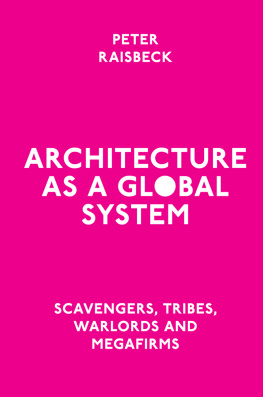
![Tommy Vince - how architecture can save the world from global climate change: architectural suggestions on strategic use of greenhouse gas sequestering materials that antagonist atmospheric C[O2] in the context of](/uploads/posts/book/428279/thumbs/tommy-vince-how-architecture-can-save-the-world.jpg)



